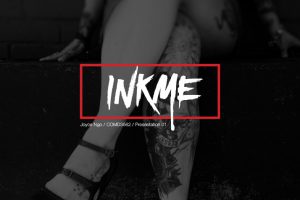Communicating User Research Findings
“No one reads reports!”
“PowerPoint must die!”
“Conveying user research findings so people can understand them, believe them, and know how to act on your recommendations can be challenging.”
We’ve all read monotonous reports and struggled to remain awake during boring presentations, but must all deliverables be interminably dull? Conveying user research findings so people can understand them, believe them, and know how to act on your recommendations can be challenging. And providing enough detail without boring your audience is a difficult balance. But there are some best practices in communicating user research findings that can make them more effective—and even entertaining.
http://www.uxmatters.com/mt/archives/2012/02/communicating-user-research-findings.php








